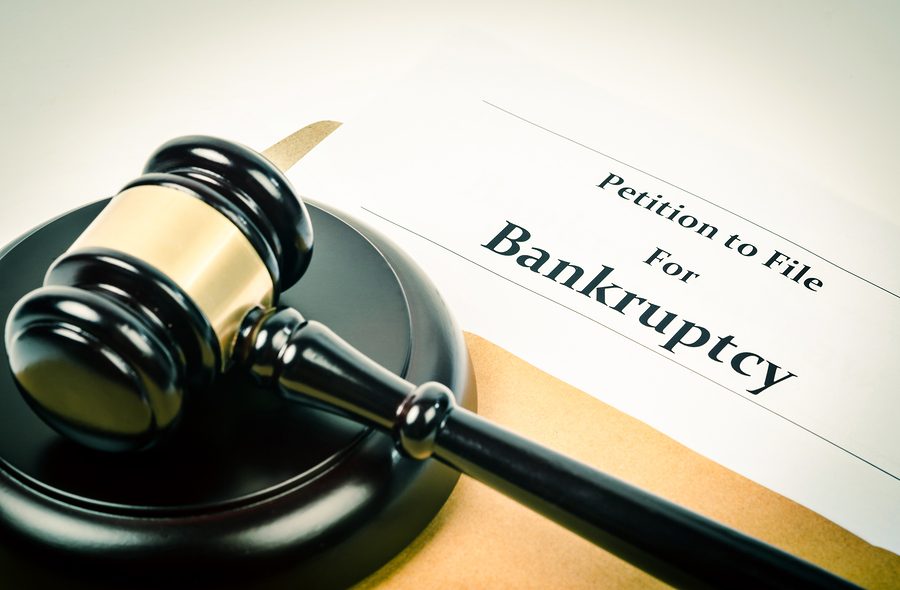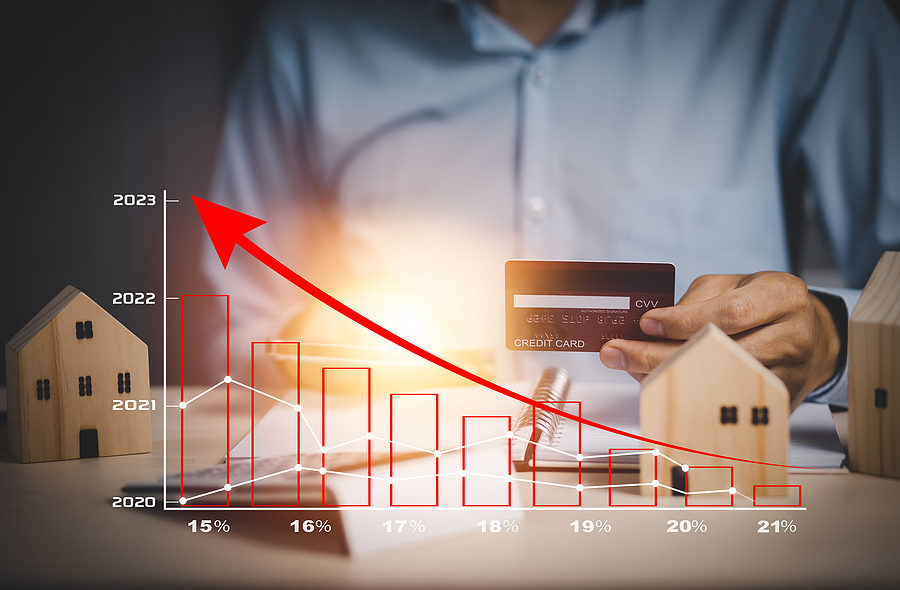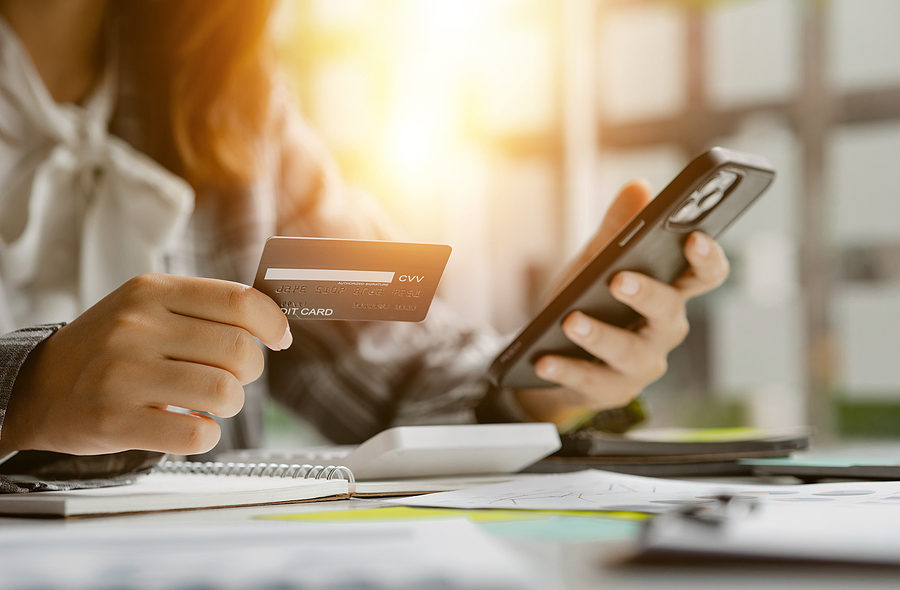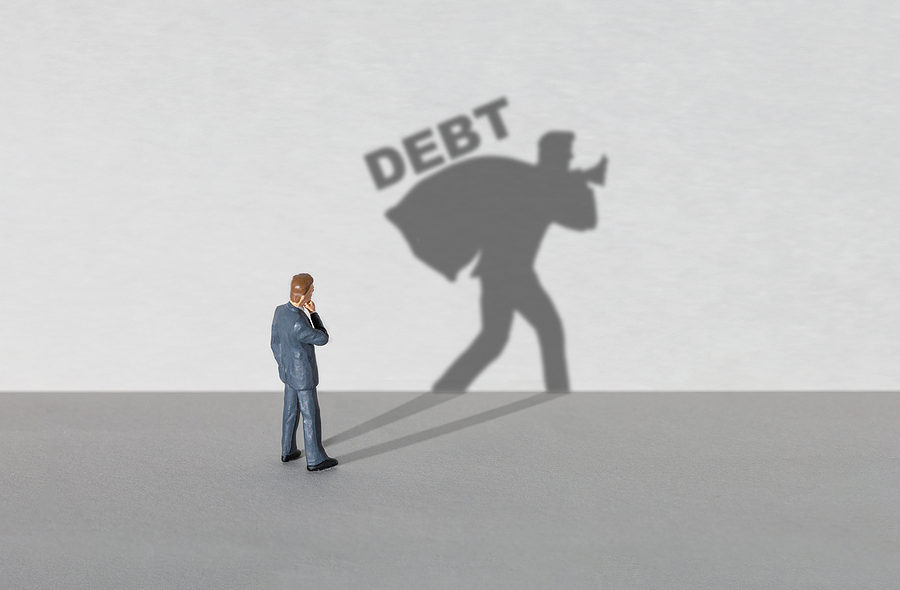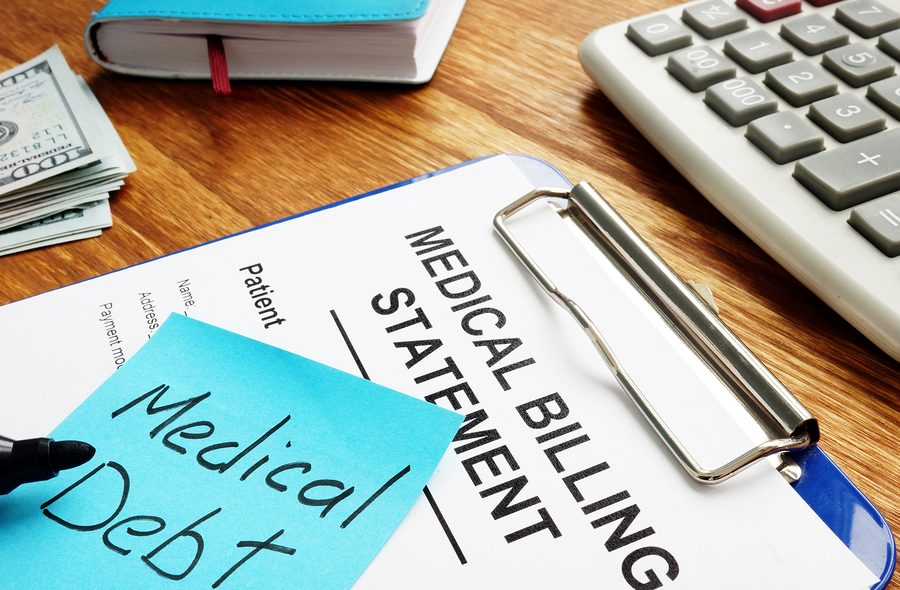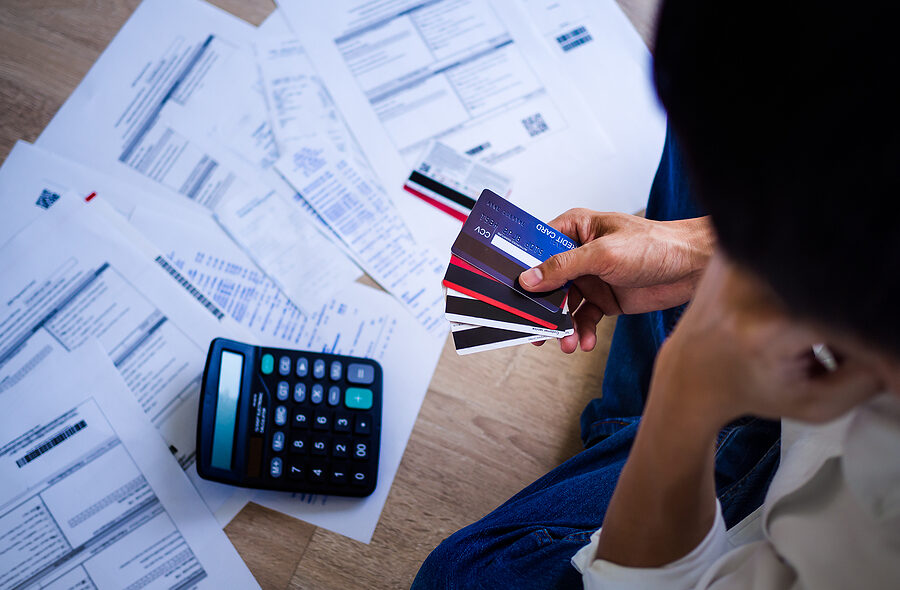A number of consumers are defaulting on their credit cards and car loans to the point where the number of defaults reported are the highest seen since the financial crisis. With inflation not nearing an end any time soon and interest rates continuing to rise, the number of consumers defaulting is expected to grow.
This information comes from data provided by the credit agency, Equifax. The agency found that credit card delinquencies have hit 3.8 percent while car loan defaults have hit 3.6 percent. These figures are the highest ones seen in more than 10 years.


